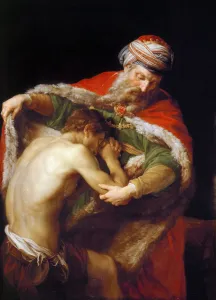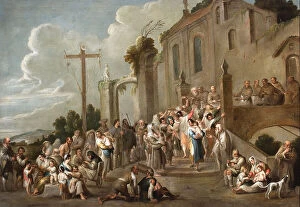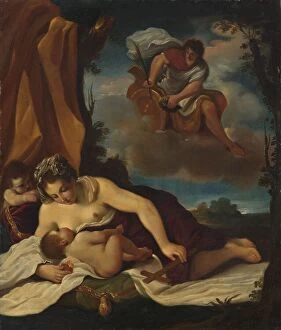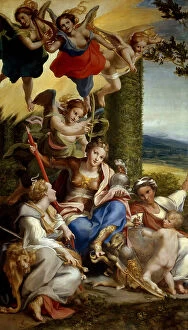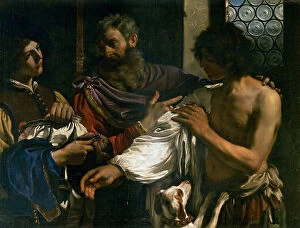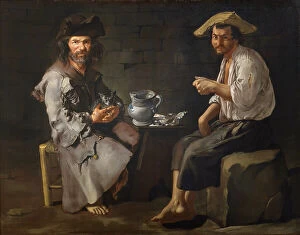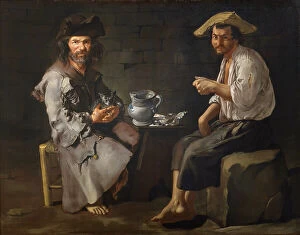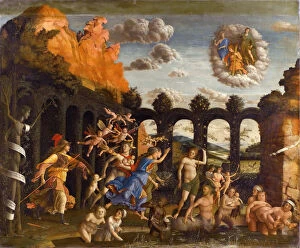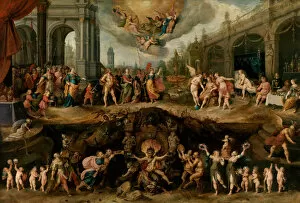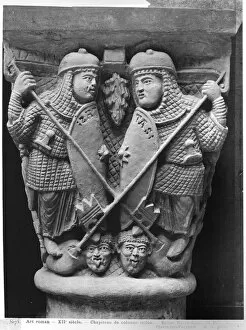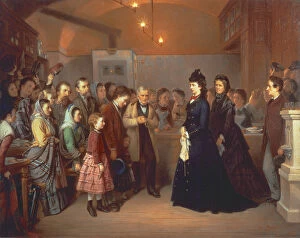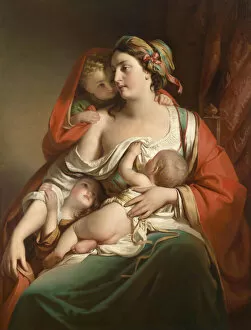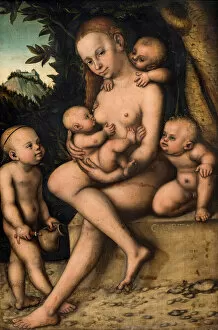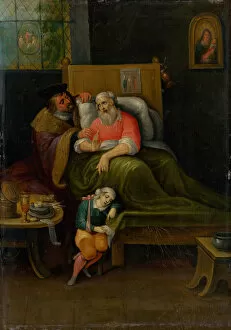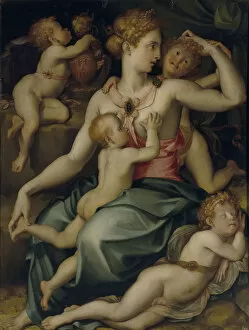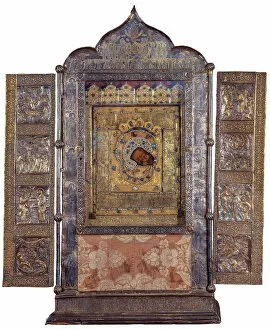Caritas Collection
"Caritas: The Universal Language of Compassion and Love" In the painting "Return of the Prodigal Son, " artist Pompeo Girolamo Batoni captures the essence of caritas
All Professionally Made to Order for Quick Shipping
"Caritas: The Universal Language of Compassion and Love" In the painting "Return of the Prodigal Son, " artist Pompeo Girolamo Batoni captures the essence of caritas, showcasing forgiveness and unconditional love. This timeless masterpiece from 1773 reminds us that compassion knows no boundaries. The General Aircraft ST-25 Monospar OY-REG takes flight, symbolizing caritas in action. Just as this aircraft soars through the skies, charity transcends borders and unites people from all walks of life. A profound depiction can be found in "Last Judgment, the Seven Works of Mercy, and the Seven Deadly Sins. " Painted between 1490-1499, this artwork portrays acts of kindness towards others as a reflection of divine grace. Rembrandt van Rhijn's "Christ Conversing with Martha and Mary" showcases caritas through hospitality and attentiveness to others' needs. Created around 1652, it serves as a reminder to prioritize empathy in our interactions with one another. Francesco di Stefano Pesellino's painting "The Seven Virtues" highlights caritas among other virtues such as faith, hope, prudence, justice, temperance, fortitude. It emphasizes how love is an integral part of leading a virtuous life. Pope Urban I stands amidst Iustitia (Justice) and Caritas (Charity) in a fresco dating back to 1520-24. This representation signifies that true justice cannot exist without compassion for those who are suffering or less fortunate. In various artworks like "Generosity and Charity piercing two Vices, " we witness how acts rooted in they have the power to overcome vices such as greed or selfishness. These visual narratives inspire us to choose love over negativity. An allegorical portrayal titled "Allegory of Good Government" depicts Charity alongside Good Government's head from a 14th-century fresco.

